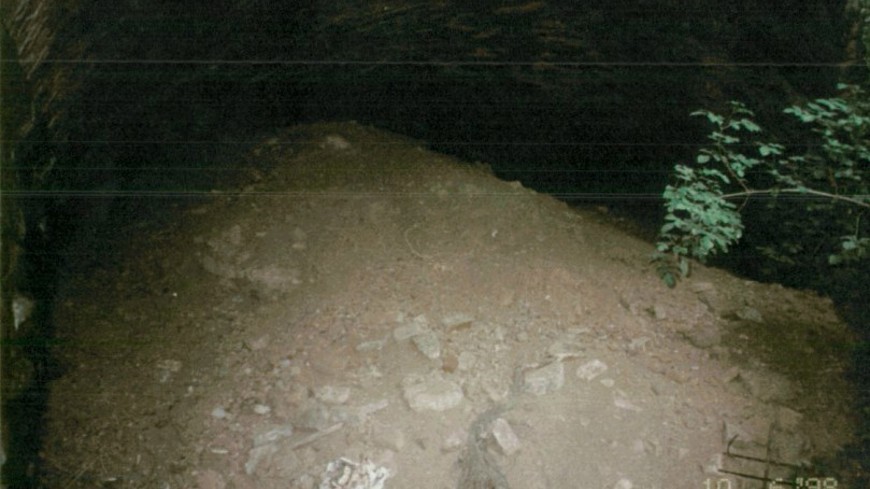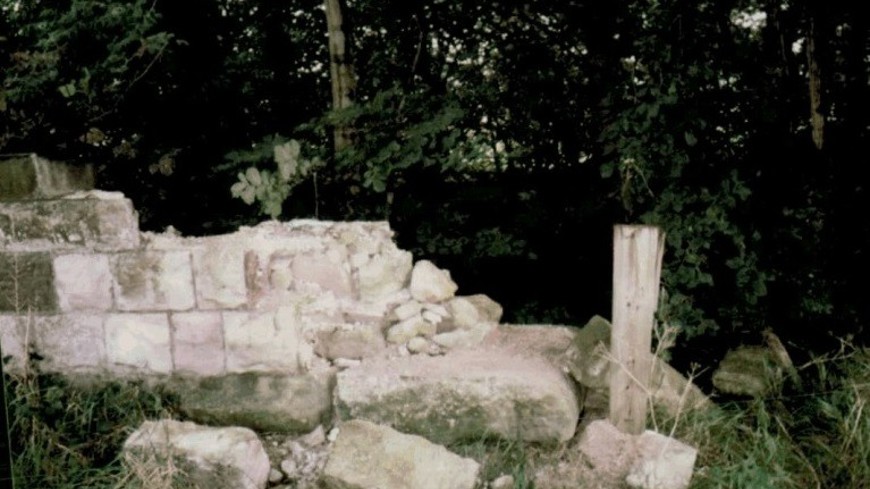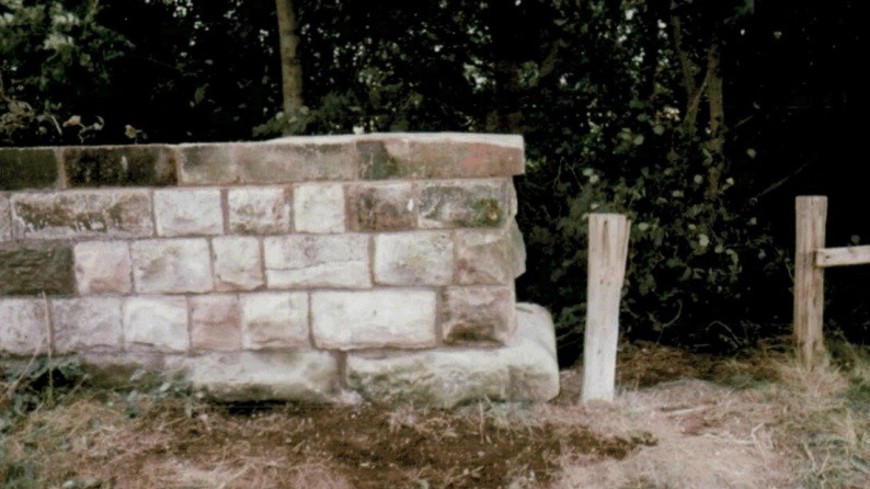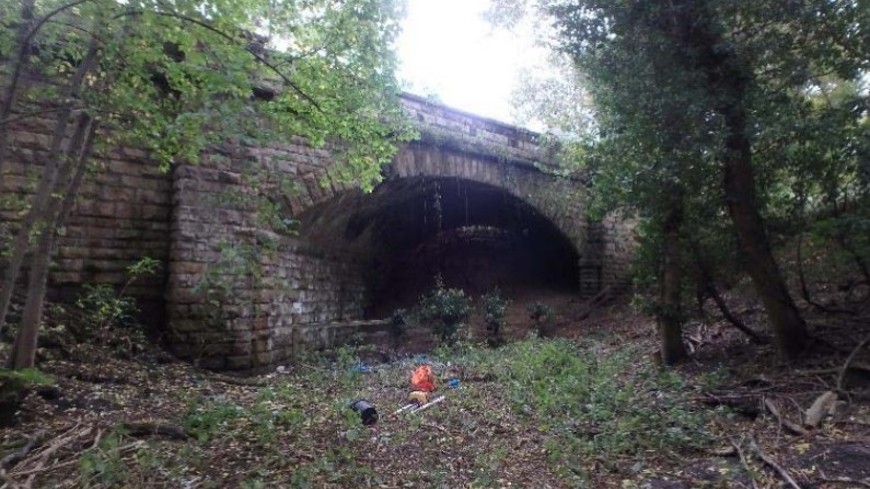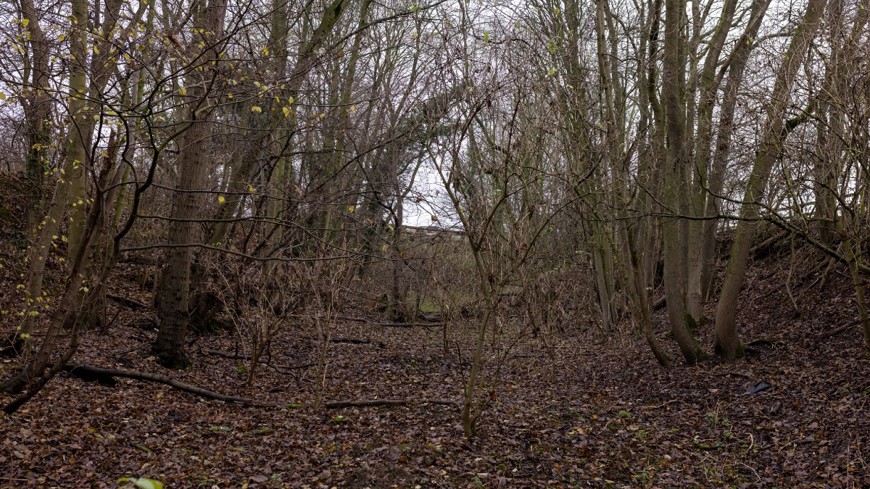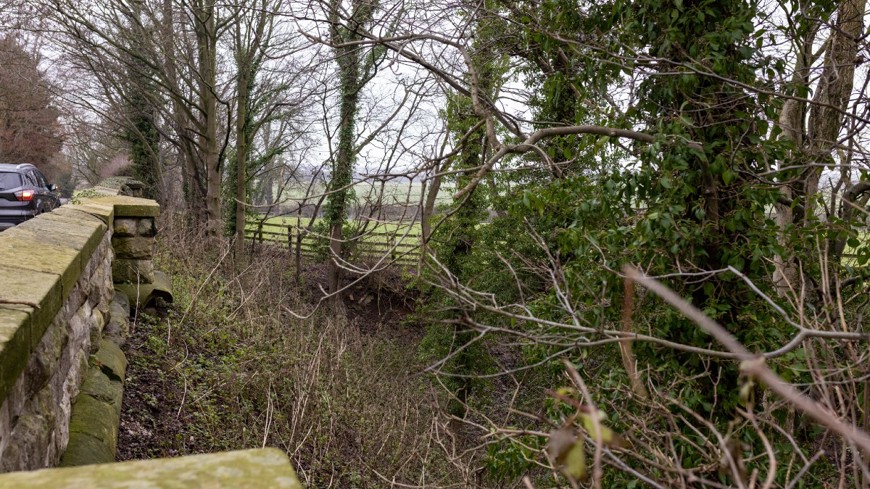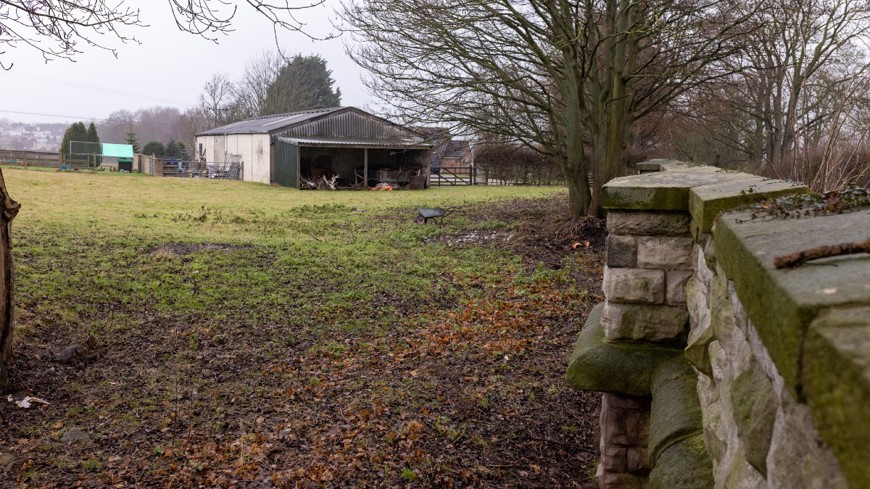Project profile: Rudgate Road Bridge
Rudgate Road Bridge spans the former Church Fenton to Harrogate railway line and sits between the small towns of Wetherby and Tadcaster. This line would eventually become part of the North Eastern Railway (NER), best known for its innovation in design and electrification.
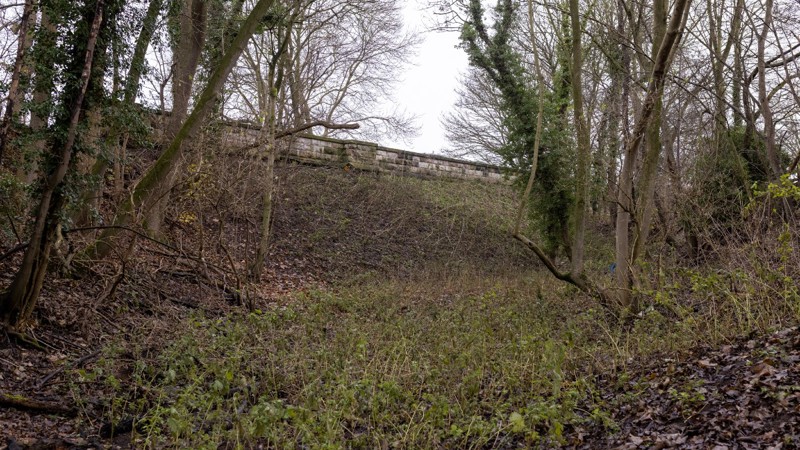
Share this article
Location: Selby, North Yorkshire
Open to the public? Yes
Completion: Spring 2022
History
Tadcaster railway station opened in 1848, closing to passengers in 1964. It closed entirely in 1966. The line through Wetherby was one of the first to go following the 1963 Beeching Report.
We took over management of the bridge, and the wider Historical Railways Estate, on behalf of the DfT in 2013.
Wetherby station is now a wasteland car park. The former railway line tracks have been transformed into cycle tracks, connecting cyclists and walkers to the town centre. Original features of the station include the gate and pedestrian entrance, still seen today.
About the structure
The bridge takes the single-track Rudgate Road across the disused Church Fenton to Harrogate railway line. It's situated half a mile north-west of Tadcaster and consists of a single-span brick arch, faced with masonry arch rings and supported on masonry abutments. The wing walls, spandrel walls and parapets are of ashlar masonry construction.
Historically the western side of the structure was backfilled up to the bridge and fenced off to form a farm field.
A capacity assessment carried out by the North Yorkshire Council in 1997 stated that the recent backfilling had made inspection of the arch "both difficult and hazardous". The other side of the cutting to the east was noted to be full of tree cuttings and rubbish placed by parties unknown.
By the time we took over management of the structure in 2013 it had deteriorated further.
What is the project?
As part of our work to care for the Estate we carry out examinations regularly on all structures. In 2018, Rudgate Road Bridge failed a capacity assessment (a capacity assessment gives a recommendation of how much weight a bridge can carry). The failure highlighted that vehicles or objects over a certain weight using the bridge could cause the bridge to collapse. Safety is our main priority, so we worked with our contractor to develop a plan that would maintain safety of the public and the road.
What work needed to be done?
We contacted Selby District Council, proposing infill as the most cost effective and safest long-term solution given that the bridge was partially infilled already and there were, and still are, no known plans* for using the void beneath the bridge.
Our work included preparing the site for infill, removal of vegetation, clearing the surrounding area of as much backfill as possible and repairing any damaged parapets. We infilled the structure to avoid the immediate risk of collapse and support it over the long term.
*Sustrans outlined plans for active travel from Wetherby to Tadcaster in its feasibility study for an improved cycling and walking corridor, March 2020. Rudgate Road Bridge is not included in their preferred route.
What stage is it at?
Infill was completed in two stages between March 2021 and April 2022 at a cost of £133,353.44.
Our work restores the bridge to its full capacity of 40 tonnes. We'll continue to carry out annual checks on the bridge.
Find out more about our approach to infilling.
